How to Travel to Antarctica: A Comprehensive Guide for Adventure Seekers
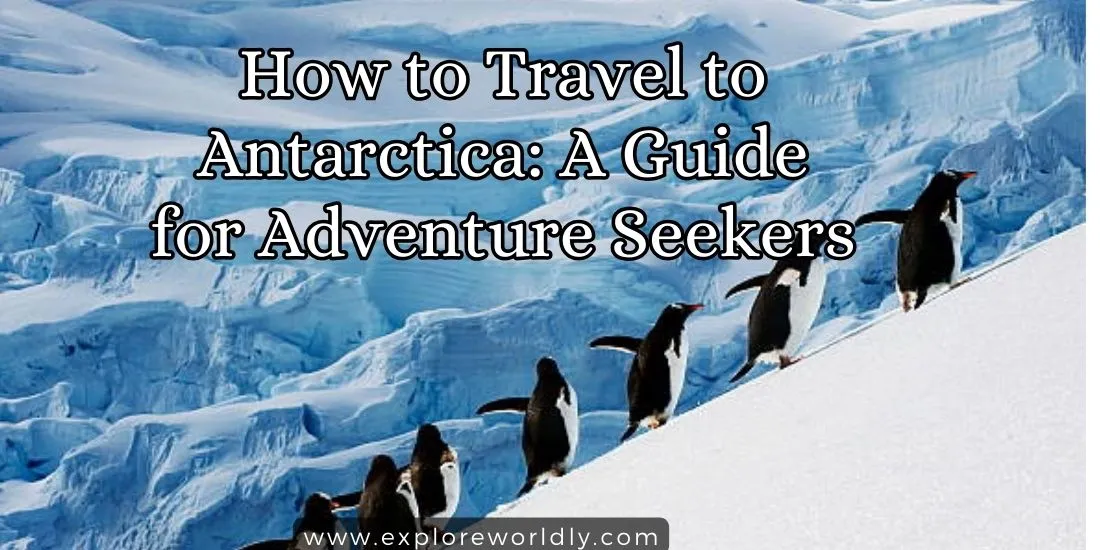
Are You Planning a Trip to Antarctica? Discover the Best Methods and Essential Tips on How to Travel to Antarctica.
Antarctica, the frozen continent, has long drawn adventurous souls searching for adventure. But traveling there requires careful preparation and consideration. In this guide, we will cover every step to planning a memorable expedition to Antarctica – offering insights and tips to make your trip enjoyable.
Navigating Antarctica: How to Travel to Antarctica
Antarctica, an idyllic destination in the south, is a dream destination for many travelers. Navigating this frozen wilderness requires careful planning and adhering to specific guidelines; here’s a step-by-step guide on how you can reach it:
Research and Preparation
Before venturing to Antarctica, conducting proper research is of utmost importance. Acquaint yourself with this fantastic land’s geography, climate, and wildlife; examine travel options and tour operator regulations; equip yourself with knowledge for an enriching yet safe journey; prepare for this before embarking.
Undergoing an Antarctic expedition requires following strict guidelines established by the Antarctic Treaty System to protect this fragile ecosystem and maintain safety protocols and environmental regulations.
Choose the Right Expedition
Selecting a reputable tour operator is critical for an enjoyable Antarctic journey. Research various operators by looking at itinerary, vessel type, accommodation options, and overall experience before selecting one that aligns with your preferences and budget.
Plan Your Itinerary
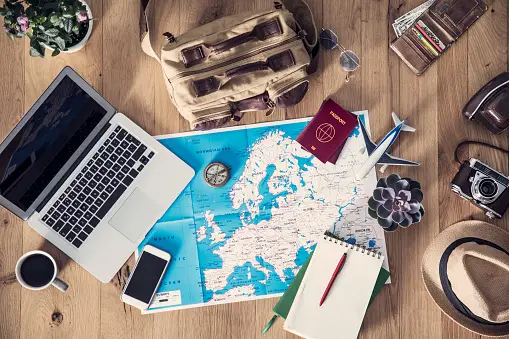
Antarctica offers visitors an array of experiences, from scenic cruises and kayaking trips, kayaking tours, and ice climbing adventures – to iconic sites such as the Antarctic Peninsula and the South Shetland Islands. When planning your itinerary in Antarctica, consider these factors and build it according to what best fits your interests and available activities.
Related article: Why Travel is Important
Purchase Required Permits and Visas
Antarctica is a protected environment, so access is strictly regulated to preserve its ecosystem. You may require permits or visas depending on your nationality and purpose for visiting. Contact relevant authorities early and secure any documentation needed before arriving in Antarctica.
Pack Wisely
Packing essentials for extreme cold conditions, including thermal clothing, waterproof gear, and sturdy footwear, is essential. Furthermore, camera equipment and other necessities will make for an enjoyable and comfortable trip experience – keep weight/size restrictions in mind as per tour operators’ regulations.
Travel Logistics
Coordinate your Antarctica expedition’s details before and after, such as flights and accommodation arrangements. Leave plenty of time for delays due to inclement weather; this will ensure a more relaxing journey.

How much does it cost to travel to Antarctica?
Antarctica travel costs can range anywhere from several thousand to several tens of thousands of dollars per person, depending on your travel style and preferences.
An expedition cruise is one of the most popular ways to visit Antarctica, typically lasting 10-14 days and departing either Ushuaia, Argentina, or Punta Arenas, Chile. Cruise costs vary based on itinerary, ship, and cabin type; budget cruises begin at around $5,000 per person, while luxury trips may reach upwards of $30k per person.
An alternative way of traveling to Antarctica is via private jet. While this method can be expensive and inflexible, you have complete flexibility over your itinerary. You may choose one of the many research stations on the continent – booking one can cost between $ 50K and $ 100 K per person!
No matter how you travel to Antarctica, expect to pay a premium due to its remote location and specialized equipment/personnel needed for operating safely in its harsh climate.
Here is a breakdown of the estimated expenses associated with visiting Antarctica:
- Flights: $1,000-1,500 per person
- Cruise: $5,000-30K per person
- Accommodations: 500-2200 per night
- Food & Beverages (such as liquor): 1000-2K
- Activities & Excursions: $500-2000 per person
- Insurance: $200-500 per person
- Total cost: $10,000-$30,000 per person for each party’s annual fees and services.
Here are a few money-saving tips for your Antarctica expedition:
- Book your trip in advance if traveling during peak season (May or October)
- Consider budget cruise lines or share cabin options
- Bring snacks and drinks from home for maximum efficiency
- Explore free activities such as hiking and kayaking to take full advantage of them.
An unforgettable Antarctica expedition can be achieved with careful planning while staying within your budget.
5 Best Destinations to Visit in Antarctica
Antarctica boasts some incredible destinations worth visiting, so here are the five best spots for visitors.
Antarctica is an extraordinary and magnificent destination, renowned for its beautiful icy landscapes, diverse wildlife species, and scientific research opportunities. While tourism to Antarctica must be carefully managed to minimize environmental impact, there are some fantastic places you should visit if given the chance:
Antarctic Peninsula:
Visitors often begin their Antarctic exploration at this region known for its spectacular scenery, glaciers, and abundance of penguins, seals, and seabirds – remembering research stations that enable learning about ongoing scientific endeavors.
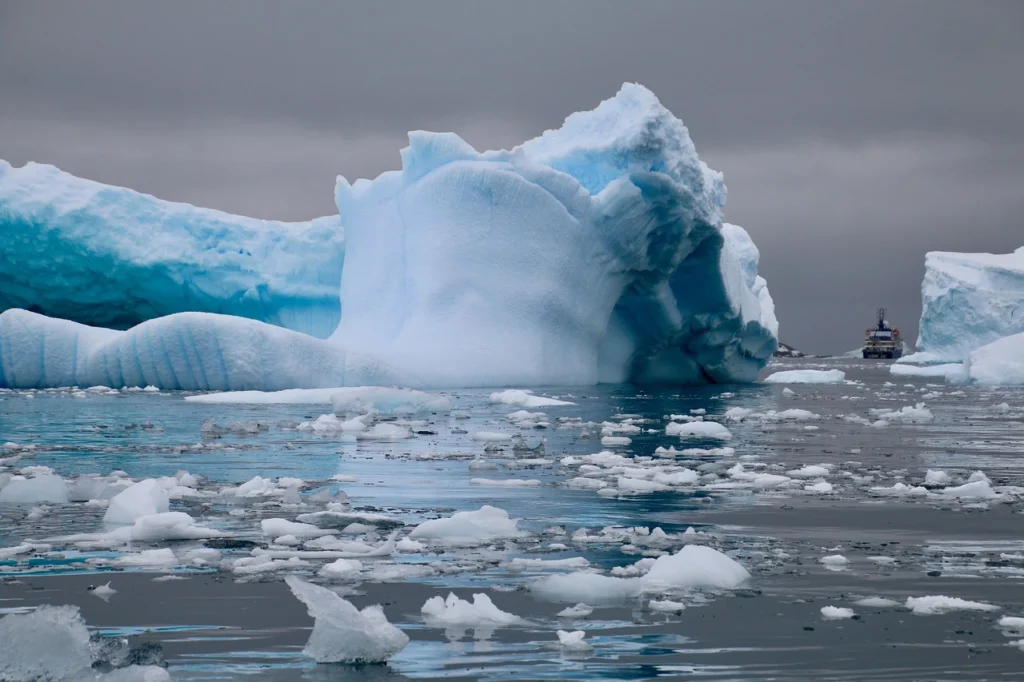
Here’s more information on what makes it such a memorable place:
- Spectacular Scenery: Astounding landscapes created by towering glaciers, majestic icebergs, snow-covered mountain ranges, and picturesque bays combine into incredible scenes.
- Wildlife Abundantly Present: Our abundant wildlife offers incredible viewing opportunities, from penguins (Adelie, Gentoo, and Chinstrap), seals (Waddell Leopard Crabeater Seals), seabirds, and much more!
- Research Stations: Many research stations allow visitors to learn in-depth about ongoing scientific studies under extreme conditions.
- Historical Sites: The peninsula holds immense value from remnants from past expeditions, research stations, and sites associated with early explorers.
- Adventure Activities: Kayaking, ice climbing, mountaineering, and camping provide exhilarating experiences in frozen environments.
- Educational Advantages: Tour guides often include lectures and expert presentations that increase an individual’s knowledge about Antarctica’s history, geography, wildlife, climate, etc.
Exploring Antarctica can be an unforgettable journey, yet it requires thoughtful environmental stewardship to protect its unique ecosystem.
Related article: How to Travel the World for Cheap
South Shetland Islands
Situated in Antarctica’s Southern Ocean, these magnificent archipelagos serve as an essential gateway for exploration of this remote continent. They are an invaluable hub for scientific research and tourism and comprise multiple islands.
These islands showcase Antarctica’s breathtaking beauty through dramatic icy landscapes, towering glaciers, and magnificent icebergs. Visitors are drawn by its abundant biodiversity, which features penguin rookeries, seal colonies, and diverse bird species like Adelie, Chinstrap, and Gentoo penguins, as well as Weddell and elephant seal colonies – an abundance of which attract visitors each year.
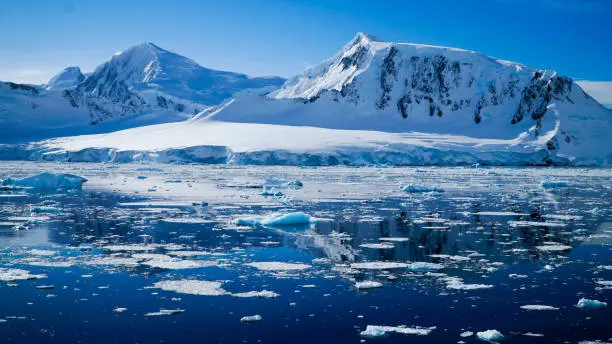
Research stations on certain islands offer insight into scientific endeavors and climate studies. At the same time, expeditions from the South Shetland Islands allow travelers to immerse themselves in Antarctica’s breathtaking icescape and unspoiled wilderness.
Ross Ice Shelf:
The Ross Ice Shelf is Antarctica most enormous floating mass of ice, roughly the size of France. Situated in the Ross Sea, this vast expanse of ice flows from Antarctica’s interior out into the ocean – acting to stabilize Antarctic ice sheets through movement, calving of icebergs, and interactions with surrounding ocean waters. Scientists study its dynamics to assess climate change impacts and stability issues that might have widespread consequences on global sea levels or the Antarctic ice sheet.
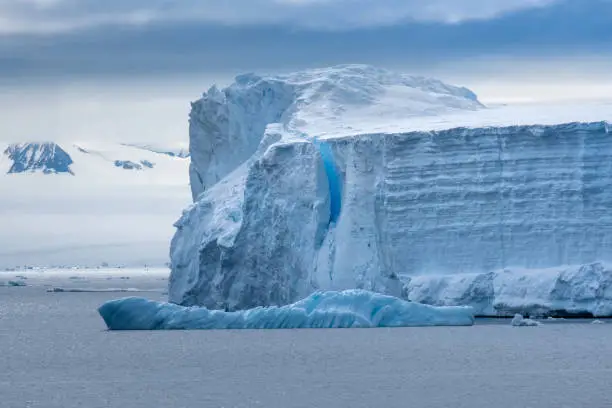
East Antarctica
East Antarctica is one of two central regions within Antarctica and comprises roughly two-thirds of its landmass. It is defined by an expansive ice sheet covering large sections of land and is estimated to contain 26.5 million cubic kilometers of ice; its vastness houses the South Pole while it can stretch up to 4.7 kilometers wide at times!
This region experiences extremely low temperatures – the lowest ever recorded on Earth is -80.3 degrees Celsius – yet several research stations still flourish there, conducting vital scientific investigations that help scientists better understand Earth’s climate history and future possibilities.
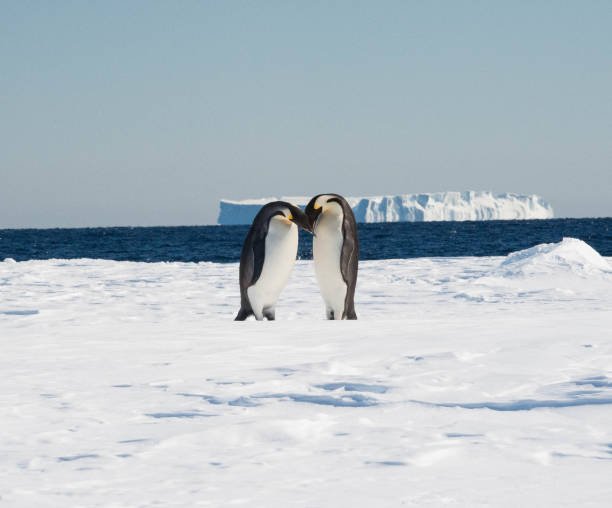
Weddell Sea (Part of the Southern Ocean)
The Weddell Sea is an expansive body of water located northeast of Antarctica’s Peninsula. It is famous for its extremely cold temperatures and a dense blanket of sea ice in winter months.
Named for British sealing captain James Weddell, who first explored it during the early 19th century, this significant scientific exploration and research area offers unique ecosystems and insights into climate change. Renowned for its beautiful icebergs and intricate ice formations that draw researchers studying polar marine life, oceanography, and climate, along with housing seals, penguins, whales, and various fish species, which help create vital insights into understanding life in the polar regions.
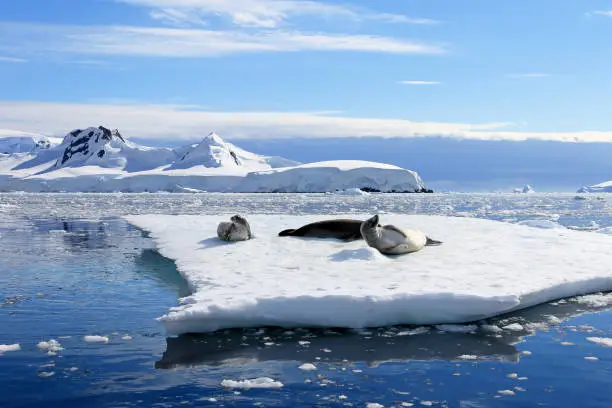
Staying safe when traveling to Antarctica means adhering to responsible tourism guidelines and respecting its fragile ecosystem. Be sure to follow all rules to preserve its unique beauty.
Related article: Kauai Top Activities: Discover the Best Things to Do
Conclusion:
Antarctica travel can be a fantastic adventure for adventurers of any stripe, yet preparation and compliance with guidelines must be taken seriously and followed in detail. This comprehensive guide explores every detail of traveling to this frozen wonderland and provides invaluable advice and essential tips to make the expedition experience as safe as possible. From initial research and selecting an experienced tour operator to planning the ideal itinerary and acquiring necessary permits – every step plays a pivotal part.
FAQs-Antarctica Travel Guide
Are There Age Restrictions for Antarctica Travel?
Yes, most expedition cruises to Antarctica have age restrictions due to the challenging conditions. Generally, the minimum age is around 12 to 18 years old, depending on the operator and the type of voyage.
What Wildlife Can I Expect to See?
Antarctica has unique wildlife, including penguins, seals, whales, and seabirds. Observing these animals in their natural habitat is one of the highlights of an Antarctic expedition.
How Can I Combat Sea Sickness During the Journey?
To combat sea sickness, consider consulting a medical professional before your trip. Also, choose a cabin near the ship’s center, where motion is less pronounced. Over-the-counter medications like Dramamine may also help alleviate symptoms.
Is Internet Access Available in Antarctica?
While some ships may offer limited internet access, it’s important to note that connectivity in Antarctica is scarce and unreliable. Prepare to disconnect and fully immerse yourself in the breathtaking surroundings.
What Is the Best Time to Visit Antarctica?
The best time to visit Antarctica is during the Austral summer, from November to March, when the temperatures are milder and wildlife is most active.

Hello, this weekend iss good designed for me, because this moment i am reading this fantastic informattive parazgraph here at
my house. https://www.waste-Ndc.pro/community/profile/tressa79906983/